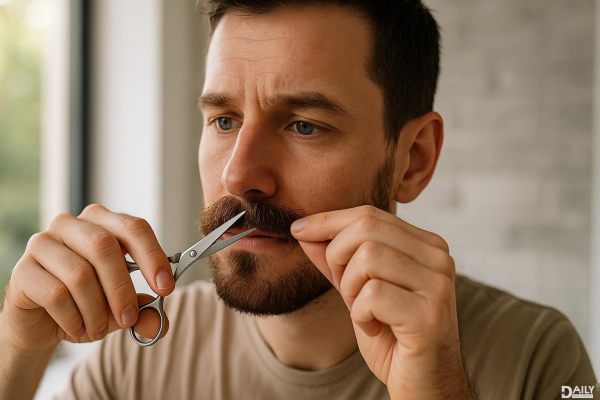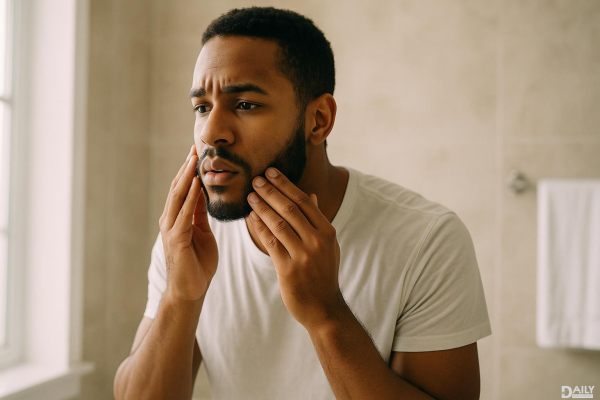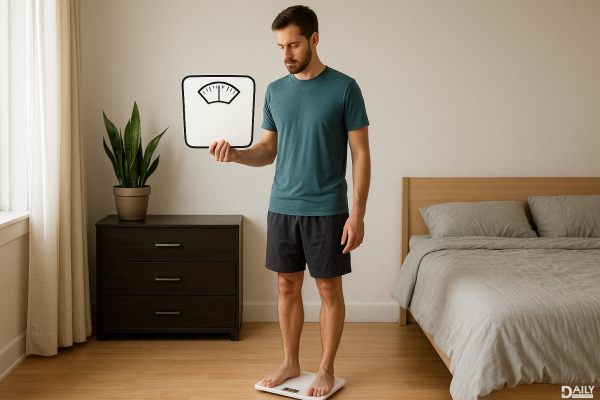Want a perfectly groomed moustache? The secret weapon isn’t some fancy gadget—it’s a trusty pair of scissors. Forget those electric trimmers that leave your ‘stache looking like it got into a fight with a lawnmower. Scissor trimming gives you precision control, letting you sculpt every hair for a sharp, intentional look that screams "I know what I’m doing." Whether you’re rocking a handlebar, a chevron, or just keeping things neat, mastering the art of scissor trimming is the difference between a mess and a masterpiece.

Electric trimmers might seem like the easy way out, but they’re basically the fast food of facial hair maintenance—quick, but rarely satisfying. Scissors, on the other hand, let you finesse your way to perfection. You can snip individual stray hairs, adjust length with surgical precision, and avoid that awkward "just got out of boot camp" uniformity. Plus, scissors don’t pull or tug, meaning less irritation and fewer ingrown hairs. Think of it like tailoring a suit versus buying off the rack—one gets you a flawless fit, the other gets you "close enough."
Not all scissors are created equal. Using your girlfriend’s craft scissors or that rusty pair from your junk drawer is a one-way ticket to split ends and regret. Invest in a pair of high-quality barber shears—sharp, stainless steel blades between 5-6 inches are ideal. Look for a comfortable grip so your hand doesn’t cramp up mid-trim. And please, for the love of all things stylish, keep them clean. A quick wipe with rubbing alcohol after each use prevents bacteria buildup and keeps your blades sharp longer.
Jumping straight into snipping is like trying to paint a wall without sanding it first—messy and uneven. Start by washing your moustache with a gentle beard shampoo to remove dirt and oils, then pat it dry. Comb through your hairs downward to see their natural direction and length. This helps you spot uneven patches and strays that need attention. If your ‘stache is particularly wild, a light application of beard oil or balm can help tame flyaways and make cutting smoother. Pro tip: Trim after a shower when hairs are softer and more manageable.
First, comb your moustache downward over your lip—this is your baseline. Use your non-dominant hand to hold the comb taut just above your lip line, creating tension for cleaner cuts. Start in the center and work outward, trimming small sections at a time. Angle your scissors slightly upward for a tapered look, or keep them parallel for uniform length. The golden rule? Less is more. You can always take more off, but you can’t glue hairs back on. For the sides, follow the natural curve of your lip, and use a mirror to check symmetry from multiple angles.
Once you’ve nailed the basics, it’s time to level up. For a fuller moustache, try "point cutting"—holding scissors vertically and making tiny upward snips to add texture and remove bulk without sacrificing length. If you’re going for a defined shape (like a handlebar), use your comb to isolate the hairs you want to keep long, then carefully trim around them. For those pesky hairs that grow faster than the rest, spot-trim every few days instead of waiting for a full overhaul. And if you’re feeling fancy, a final pass with thinning shears can soften thick areas for a more natural finish.
You didn’t put in all that work just to let your masterpiece go to waste. Apply a light beard balm to keep hairs hydrated and styled, and use a boar bristle brush to train them into place. Avoid touching your moustache too much—oils from your fingers can make it look greasy. At night, a quick comb-through prevents tangles and keeps everything looking sharp for the next day. And remember, even the best scissor trim needs occasional touch-ups. Set a reminder to reevaluate every 7-10 days, depending on how fast your hair grows.
Scissor trimming might seem old-school, but that’s exactly why it works. In a world of quick fixes and one-size-fits-all grooming, taking the time to hand-sculpt your moustache sets you apart. It’s not just about looking good—it’s about craftsmanship. So ditch the clippers, grab your shears, and start treating your facial hair like the work of art it is. Your moustache (and anyone who has to look at it) will thank you.
























